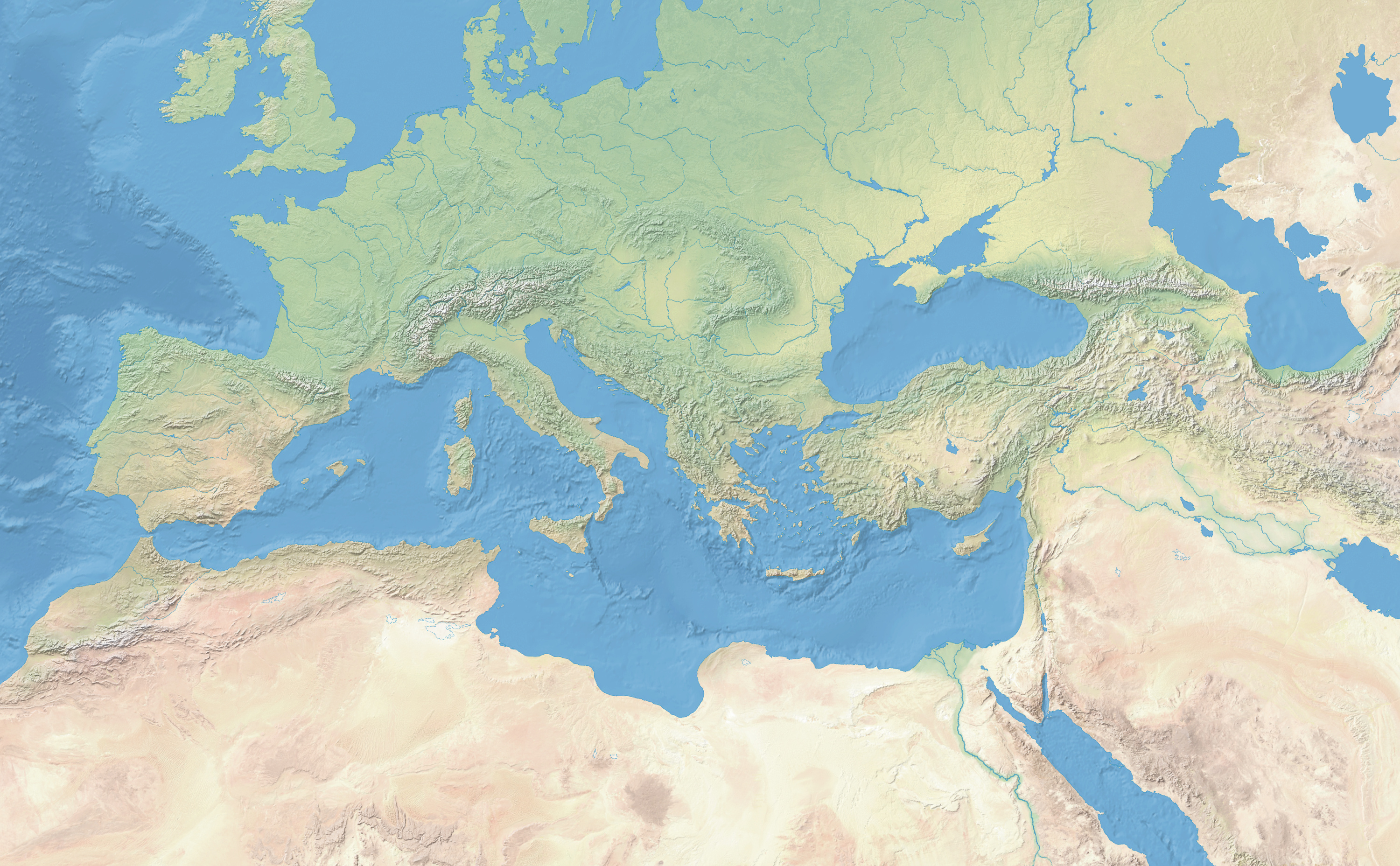Ancient Civilizations
Course Info
Assignments
Content
Resources
Midterm Review
Topics and ideas relevant to the Midterm Exam.
To see this review sheet in PDF form instead, click here.
Overview
The exam will consist of different kinds of questions:
- Identifications —you’ll be provided with a term and you’ll need to give both (a) a description of what it refers to and (b) its significance or importance. Note: All the identification terms will come from the names and terms on this sheet.
- Multiple choice
- Map—you’ll need to be able to locate on a blank map some of the important cities and peoples and key geographic features (seas, rivers, etc.) that we have discussed.
- Short answer —a couple of paragraphs on a topic we’ve discussed, with examples.
- Essay —a longer discussion giving your interpretation and analysis of a major theme we’ve covered; you’ll be asked to give an opinion and support it with examples from three societies we’ve studied.
For each written section, you will be able to choose from several possibilities and write about the ones you’re most familiar with. For example, if you need to answer 5 identifications, I’ll give you a choice of 10 or 12.
Any material in the lectures, class discussions, the assigned readings in the textbook, and the assigned tablets of Epic of Gilgamesh are fair game, and can be used as examples for points you are trying to make.
Approach to Preparing
Make a list of the most important milestone events in the periods we’ve discussed.
- CAUSES—Make sure you can identify the most important factors that helped cause these events—including long-term factors (“the environment”) and short-term factors (“the spark”)
- LEGACIES—Make sure you can identify the legacies of the milestone event. How did it change the culture, society, etc.? What impact did it have on future milestones and events?
Using this review sheet
- For each of the questions below, see whether you have a strong idea how to answer, an okay idea how to answer, or a weak sense of how to answer. Review from the books and your notes at least the “weak” ones.
- Approach the questions below as a means of gauging topics to spend more time with in review, and as a guide to how you’ll express and illustrate what’s really important—the larger themes of the course.
- Take note of the terms below and review ones you’re unfamiliar with.
- Note that there is seldom one and only one answer to the kind of questions on this review sheet.
- WHY almost always means “For what reasons…”?
- HOW almost always means “In what ways…?”
- Try to come up with possible essay questions and map out in advance the kinds of examples that might help you make your point.
Concerning dates
- I’m not going to ask you for dates but you should know the period in which a people are important or an event occurs, and which events occur before or after which other events.
- You’re best off if you know centuries (e.g., the Greeks acquire writing, ending the Greek Dark Age, during the eighth century BCE, between 800 and 700).
- At the very least you should know if a person, event, or concept is associated with the Stone Age, the Bronze Age, or the Iron Age.
Peoples and Places
Peoples
For each, you should be able to discuss their distinctive geography, social structure, religion, trade, gender roles, and other aspects of their society that we read about or discussed, as well as relations to each other.
| Indigenous | Semitic | Indo-European | |
|---|---|---|---|
| Bronze Age | |||
| —Earliest Civilizations |
| ||
| —Empires |
|
|
|
| —Indus Valley |
|
| |
| Iron Age |
|
| |
Individuals
For each, you should have an idea of the period and culture they belong to and the effect they had on it.
| Mesopotamia: | Gilgamesh – Innana/Ishtar – Enlil – Sargon – Hammurabi – Ashurbanipal |
| Egypt: | Osiris – Horus – Hatshepsut – Akhenaten |
| Canaan: | Abraham – Moses – Delilah – Saul – David – Solomon |
| Persians: | Cyrus – Zoroaster – Darius – Xerxes |
| Asia / North Africa: | Asoka – Buddha |
Places
In addition to the locations of the peoples listed above, you should be familiar with key geographic terms and where they are in relation to each other, and how their environments and neighbors relate to development of local cultures. (Don’t forget the maps on the website.)
| Southwest Asia: | Mesopotamia – Sumer – Tigris and Euphrates Rivers – Fertile Crescent – Canaan – Bactria | Cities: Uruk – Akkad – Babylon – Tyre – Jerusalem |
| North Africa: | Nile River – Upper Egypt, Lower Egypt | Cities: Memphis – Thebes – Carthage |
| Eastern Mediterranean: | Anatolia – Aegean Sea – Black Sea – Crete – Peloponnese – Greek mainland | Cities: Troy – Knossos – Athens |
Sample map (click to enlarge):
